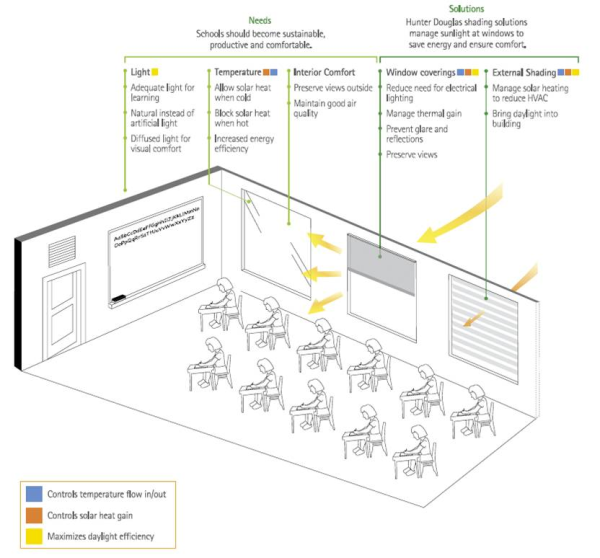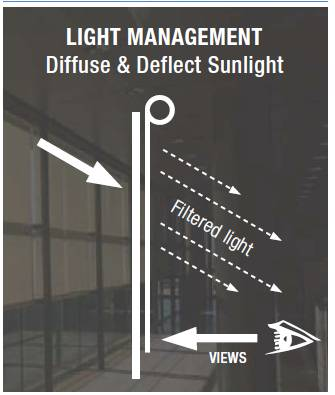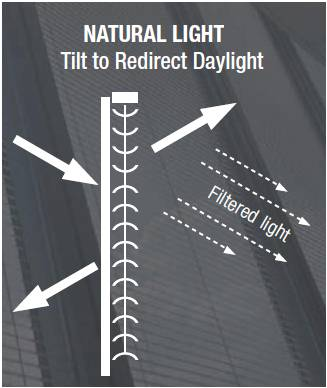School districts and architects across the country are working to design sustainable solutions that reduce facility construction and operating costs, qualify for government grants, and even enhance student learning. Window coverings help address these challenges in a cost effective and practical way. Well-designed motorized and manual shading solutions not only save energy and money, but also optimize natural light.
Window coverings help address these challenges in a cost effective and practical way. Well-designed motorized and manual shading solutions not only save energy and money, but also optimize natural light.
Payback through Energy Savings
Simply by managing light and heat at the window, shading solutions generate energy savings that can reach 50% or more.1 In sun-belt areas, shading systems can pay for themselves in as little as three years.
· Window coverings reduce dependence on artificial lighting, harnessing natural light to cut electricity bills significantly.
· They also manage solar heat – blocking the sun when it’s hot, but not when it’s cold – to lower energy consumption of HVAC systems.
· Motorized/automated shading systems track the sun to ensure best performance throughout the day.
Improving Student Performance
Research indicates that students perform better with access to views and natural light. Tests have shown improvements in learning retention of up to 21%.
· Shades filter direct sunlight to eliminate distractions from glare and reflections off of walls, desks, and computers.
· Translucent shades and perforated blinds maintain good outward visibility while retaining shading performance.
· Most Decorating with Fabric interior shades have earned GREENGUARD Children and SchoolsSM certification, ensuring good air quality.
Grant and Bond Incentives for Greening of Schools
Internal and external shading solutions from Decorating with Fabric can be an important part of efforts to improve environmental performance. Schools may qualify for incentives such as the federal stimulus plans of 2009 with proposals that include:
· Use of motorized, sun-tracking shading systems to reduce artificial lighting and increase natural daylighting.
· Use of heat-blocking external shades to lower a building’s cooling and heating loads, as part of energy-smart HVAC solutions.
Optimizing Light for Learning
When students have access to natural light and views of the outdoors, studies show that they retain more of what they learn. Creating this improved learning environment requires that schools eliminate glare and reflections caused by direct sunlight. Roller shades, horizontal blinds, and external shading solutions help bring natural light inside while filtering glare. They can also help save energy related to lighting, cooling, and heating schools.

Roller Shades
Roller shades manage thermal gain from the sun, saving energy for cooling/heating a building and harnessing natural light to reduce power consumed by light fixtures. The latest generation of metalized and dual-color fabrics shade especially well, with a reflective surface facing out to control light and filter glare, and a darker one facing in for best view-through. In addition, shades installed in a bottom-up configuration can be used to shield occupants from direct sun exposure, while allowing natural daylight at the top of window.

Aluminum Horizontal Blinds
One of the best, most versatile devices for shading, aluminum blinds can be raised or lowered to control light and glare. They can also tilt to match the position of the sun and achieve the right quantity of light at any given time of day. Daylighting blinds feature inverted slats in the top portion of the blind, allowing this section to redirect light further into a room, while the bottom portion blocks direct exposure to light and glare. Wider slats provide a higher percentage of view thru and may optimize the daylighting performance.


